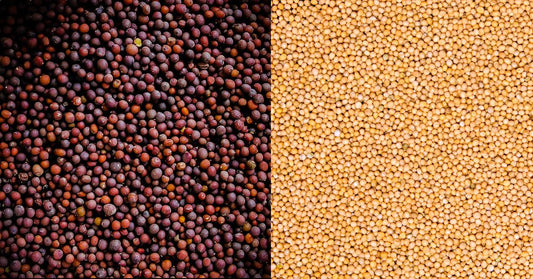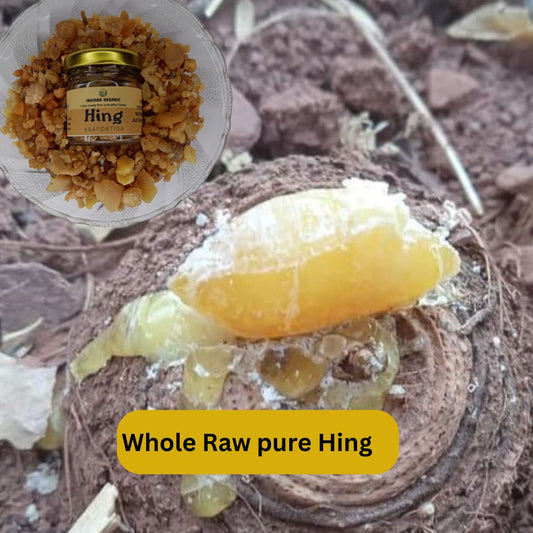Testing the Purity of Asafoetida: A Comprehensive Guide
Where to Buy Pure asafoetida hing ?
Asafoetida, also known as "hing" or "devil's dung," is a potent and aromatic resin derived from the roots of certain species of Ferula, native to Iran and Afghanistan. Widely used in cooking, particularly in Indian cuisine, asafoetida adds a distinct flavor and aroma to dishes. However, ensuring its purity is crucial for both culinary and medicinal purposes. In this guide, we will delve into various methods to test the purity of asafoetida.
Understanding Asafoetida Purity:
Asafoetida is often adulterated with various substances like flour, gum, starch, and even soapstone powder to increase its bulk or enhance its appearance. These adulterants not only diminish the quality of the product but can also pose health risks. Testing the purity of asafoetida is essential to guarantee its authenticity and quality.
Methods for Testing Purity:
1. Physical Examination:
- Color and Texture: Pure asafoetida usually appears as a yellow-brown resin with a smooth, shiny surface. Any discoloration or presence of foreign particles could indicate adulteration.
- Odor: Authentic asafoetida emits a pungent and strong odor reminiscent of garlic or onions. Any off-putting or weak scent may suggest impurities.
2. Water Test:
- Solubility: Authentic asafoetida is partially soluble in water. Place a small amount of the resin in a glass of water. Genuine asafoetida should dissolve partially, leaving behind a milky or cloudy solution.
3. Flame Test:
- Ignition: When a small piece of asafoetida is ignited, it should burn with a steady flame and emit a characteristic sulfurous odor. Any unusual smell or excessive smoke might indicate adulteration.
4. Chemical Tests:
- Alcohol Test: Dissolve a small amount of asafoetida in alcohol. Genuine asafoetida will dissolve readily, while adulterants may leave behind insoluble residues.
- Iodine Test: Mix a solution of iodine with the asafoetida sample. Pure asafoetida will not react with iodine, whereas adulterants like flour or starch will produce a blue coloration.
5. Microscopic Examination:
- Microscopy: Examine a sample of asafoetida under a microscope. Authentic asafoetida will reveal characteristic cellular structures and resinous components, while adulterants may show different structures or foreign particles.
Conclusion:
Ensuring the purity of asafoetida is crucial for maintaining its quality and reaping its culinary and medicinal benefits. By employing various physical, chemical, and microscopic tests, consumers can confidently identify authentic asafoetida and safeguard themselves against adulterated products. Whether for enhancing the flavor of your favorite curry or harnessing its medicinal properties, pure asafoetida is a treasure worth preserving.




